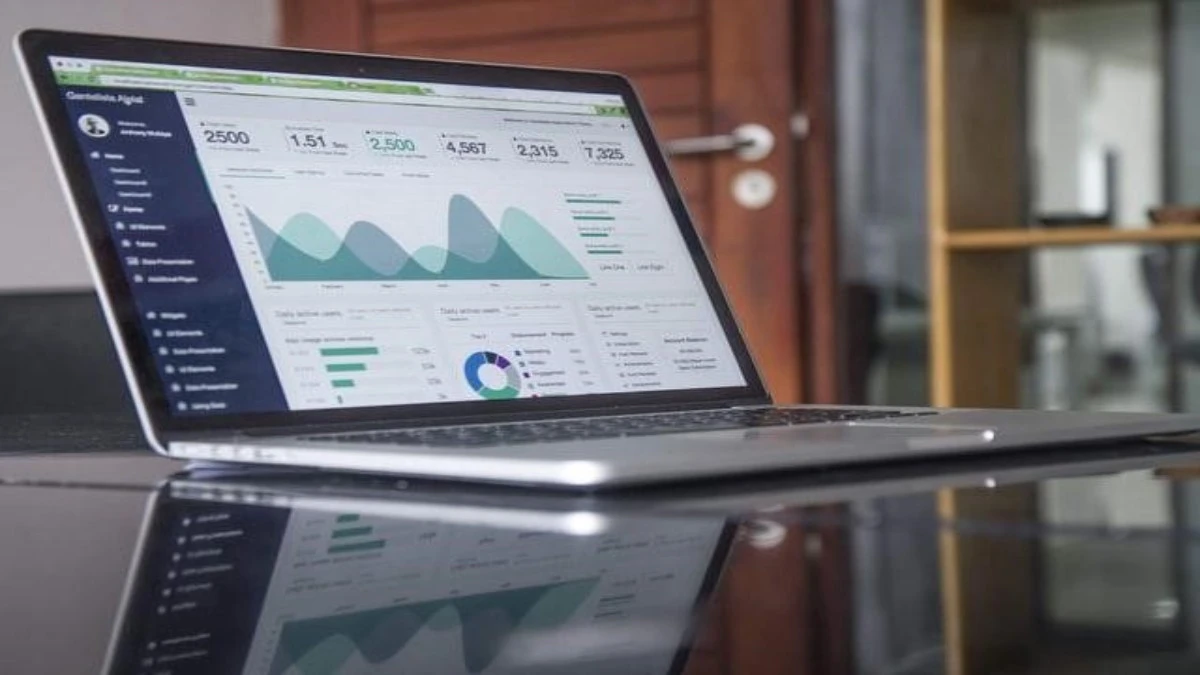So your company has started segmentation of your target market after conducting thorough research on your audience behaviour and other targeted marketing research. But did you know that creating a good customer segmentation strategy only wins half the battle? For a next-level implementation, you need to broaden your horizons.
Product managers have a crucial job since they are the ones who are charged with extending their unit’s product lines and boosting their top-line growth. Moreover, now that the Covid-19 pandemic is almost over and life is slowly returning to normal, companies are trying to catch the trend and implement their best market segmentation policy. This is because the current bond yields have gone up, and the inflation is also at a decadal high; companies have limited deployable resources. Market segmentation helps them do just that.
Segmentation targeting and positioning help companies estimate their market size and deploy resources to position themselves precisely, but it requires a certain degree of expertise. It means you need to redefine the challenging parameters, zoom in on each case with a fine comb, and target your activities to hit the spot where there are maximum potential customers. Read more about it here.

Here are the top 4 types of market segmentation and their benefits:
1. Demographic segmentation
Market segmentation usually starts with demographics for most businesses. It is also the most common type of segmentation used by any company. Demographic segmentation may include data of consumers relating to age, gender, ethnicity, income level, marital status, family size, education level, and other related factors.
This type of segmentation is highly beneficial for companies with a range of products or different product lines like clothes, furniture, etc. Other examples may include a Jeep SUV with six and 7-seater options for the same model and same features but targeted at different customers.
An excellent demographic segmentation model may help your company understand expectations, cultural normalizations, and other critical social aspects which are essential and valuable for the end consumer’s behaviour. However, most of this data is relevant for companies primarily in the B2C segment, but B2B may also work sometimes. In the case of B2B sales, the target market is comparatively smaller than the consumer market. Still, the key is to find companies with similar requirements to place them into different groups.

2. Psychographic segmentation
You need to understand that most consumer decisions will not be rational, so calculations cannot determine the motivating factor for purchase. At best, it can be predictable but not wholly estimated. For example, demographics like lifestyles, values, beliefs, interests, hobbies, and others cannot be accurately estimated but are predictable to a certain extent.
For example- take the interest of people in various social media posts. Different people will find other helpful content. Hence you should factor that in a while estimating the psychographic segmentation.
Regarding how to solve this segment of customers, the approach is different for different companies. You can try to do one thing: add some diversification support and declarations that say you support this cause. For example, this is the month of LGBTQ; hence you can see many companies displaying LGBTQ flags on their websites and others. It is because such issues can influence the decision-making process of a specific segment of people.
3. Geographic segmentation: This is probably the most straightforward type of segmentation available.
Geographical audience segmentation can reveal insightful data like the difference between traffic and engagement metrics from different areas. For example- According to a survey research report by Cisco, users spent 24.8 minutes on average streaming live content. As this figure depicts the global average, users might watch content below or above the stated figure.
Apart from this demographic, you can further divide geographical segmentation by classifying people according to their language, region, postal code, radius, and other factors.
For example, if your company is multinational (MNC), you might prefer to segment your target audiences based on their regional language more than other parameters.
Because of an MNC’s widespread outreach and customer base, segmenting its customers based on their diversified languages makes more sense. But the same cannot be said for corporations that only operate in a fixed region.
4. Behavioural segmentation
The last type of customer segmentation is behavioural segmentation, which is the lots most dynamic. It is because behavioural segmentation is an ongoing process of collecting data, processing it, and then analyzing them thoroughly.
In behavioural data segmentation, your purchasing habits, Browsing behaviour, the interaction between your consumers and your competitors, their brand loyalty, and other related data are monitored and then analyzed.
For example- suppose you are an e-commerce website, then you may gather data based on your consumer’s device or other relevant places.
Another noteworthy point is that behavioural data is the only data that changes rapidly. So, for example- a consumer might feel this product is adding value to their life, but the next day some event may happen in the consumer’s life, and they stop using it.

5 Benefits of market segmentation
Now that you know about the types of market segmentation, let us read its various benefits:
- Profits: According to a study by Bain and Company, 81% of business executives found that segmentation was essential for growing their profits. The same research report also found that companies with a solid market segmentation action plan benefited from it. Up to 10% increased revenue profit was recorded over five years in those companies with a good market segmentation plan.
- Marketing: When it comes to marketing policies, often, you will see them creating profiles and dividing up their work, and this is nothing but generic market segmentation. They divide the prospective customers by their needs, wants, characteristics, and other personal data sets and target them with marketing strategies.
Another aspect where market segmentation helps is in digital advert targeting. You can deploy cookies, purchase data from vendors and then analyze the data to create unique customer profiles (with their consent, of course).
- Acquisition cost: Another essential aspect that market segmentation helps is the customer revenue rate. Every business organization spends some amount of money acquiring their customers, but if that customer does not make a purchase, that is a lost cause. Market segmentation helps you minimize this up to a certain extent.
This is because market segmentation accurately tells you which customers may turn into revenue-giving ones and which have a slightly lower chance of turning up revenue-giving ones. Accordingly, you can decide your company’s focus.
Various business analytics tools and software can help you decode the customer data and formulate a plan of action. Use them to the fullest so that resources are not wasted.
- Getting the right kind of attention: Every company wants its customer’s undivided attention. But it’s nearly impossible these days since gadgets, apps, and others are all fighting for this aspect. Hence most of the time, corporate communications or other marketing emails go unnoticed, and the right people who may have noticed them ignore them.
Hence market segmentation helps by letting you know the specific target audience and sending one nicely drafted communication instead of multiple communications and irritating the customer.
If you can successfully do this, then not only will the customer be happy, but they will also be much more loyal to your products since they understand that you are not causing a disturbance in their life and are simply trying to make their life better by creating products useful for them. This type of attitude is undoubtedly going to work and bring in some good revenue paying customers.
- Caring: When your actions touch someone’s heart without them telling you anything, that’s when they turn into an invaluable asset. You as a company might follow corporate culture, but sometimes you have to break that veil and understand your customers better. Then after understanding them, you have to solve their problems and prove your value to them.
If you can do this, then you will cement your position in your customer’s hearts, and the word will be spread around like bush fire. Market segmentation can help you achieve this. By segmenting customers based on the data inputs you processed, you can estimate what the customer wishes for up to a reasonable stage.
For example- you get data that a specific group of customers is visiting your website, taking in social media about your products but are not subscribing to your product. Among other factors, cost, ownership issues, and negative reviews could be the reason. Market segmentation can help you know this issue, and then if you can crack it, you will gain a solid customer base.
Conclusion
You as a company can study different marketing channels to check which ones are promising and should be passed. Remember one thing, how the client gets to know about your company also can tell you a lot about themselves and who they are.
Also Read: Top 5 Solar Companies in India – a Bird’s Eye View


